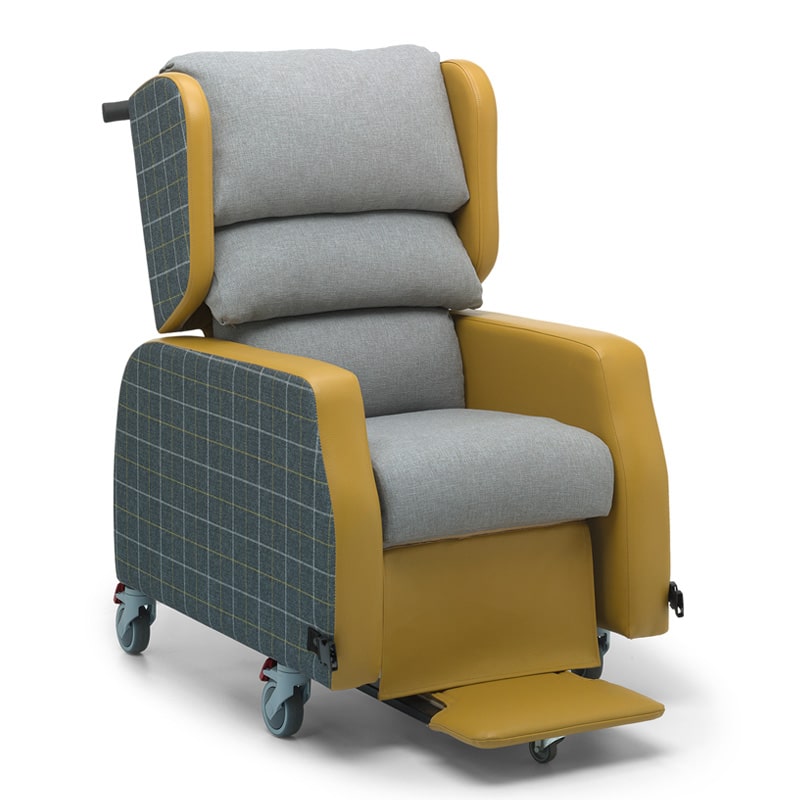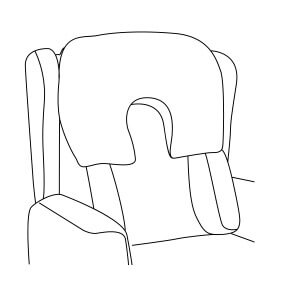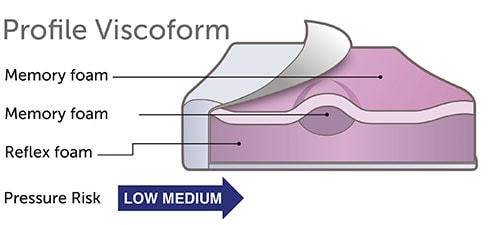Person
Paul1 is a 42-year-old gentleman with Huntington’s Disease. He was diagnosed at 38 and has seen a progression of the condition leading to increasingly ataxic involuntary muscular movements, fluctuating ability to swallow safely and weight loss.
Until recently Paul has transferred with minimal assistance, but recent changes and fluctuations in ability have led to a hoist being provided for occasions when he is experiencing less control.
[1] Name used for illustration purposes
Environment
Paul lives with his wife and 2 children in a two-storey house. A reception room on the ground floor has been converted into a ground floor bedroom. The floor surfaces are a mixture of laminate and hard wood with no carpet on the ground floor therefore eliminating thresholds.
Paul’s wife is his main carer but needs to be flexible due to childcare. She would like to be able to both reposition and re-situate Paul without the need to use the hoist frequently.
Occupation
Paul has been having assistance with his personal care although currently remains continent and therefore able to indicate his need to go to the toilet. There have been challenges getting Paul to the toilet in an appropriate time due to complications with sling application in seated position as well as ground floor facilities, but installation of ceiling track hoisting is one of the measures intended to smooth this process.
He is a devoted husband and father; his main goal is to maintain meaningful contact in the hub of the family home. This includes watching TV, playing board games and engaging in conversation with the family.
Outcome – Clinical Reasoning

Harlem porter chair with leg support block
The Harlem porter is designed and trialled with conditions such as Huntington’s in mind with the aim of providing significant pressure relief and positional change to support on-going well-being, but also engagement.
It has all the features to meet Paul’s current and on-going needs. The independent backrest recline provides Paul and his wife a range of angles to support posture and comfort with the contoured leg support block adding further flexibility with supported hip flexion. The footplate is retractable so whilst creating good positional options for Paul will not get in the way of hoisting or care needs, allowing carers to use a mobile hoist if ever required.
The Harlem comes with the option to easily adapt the chair over time as Paul’s conditions change with four interchangeable seat and six interchangeable back cushions, all with different pressure management features.
The porter element will allow Paul’s wife to easily alter positions around the home and indeed within the chair throughout the day without the need for regular hoisting. There is also seat angle adjustment that can help to reduce the risk of Paul falling from the chair due to severe involuntary movements.

Back Cushion - Large profile headrest with support lateral
This profile headrest provides Paul with good midline support for his head and trunk whilst facilitating an appropriate position for feeding, communication and engagement.

Seat Cushion - Profile Viscoform
The Profile Viscoform will provide Paul with the appropriate level of pressure relief but has an additional pommel which supports pelvic positioning as he is more likely to extend involuntarily and therefore at increased risk of sliding in the chair.

Fabric
The Harlem was supplied with a Dartex VP multi-way stretch fabric to aid pressure management and to help with heat dispersion as Paul may sit in the chair for fairly long periods.
